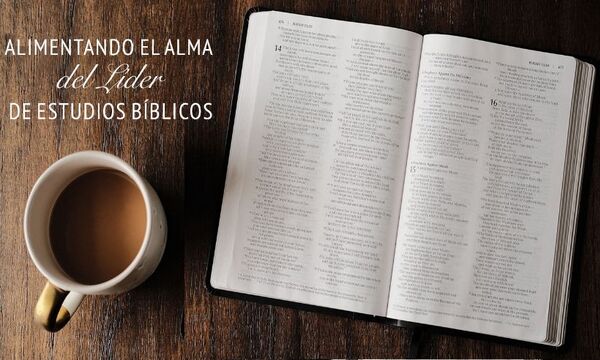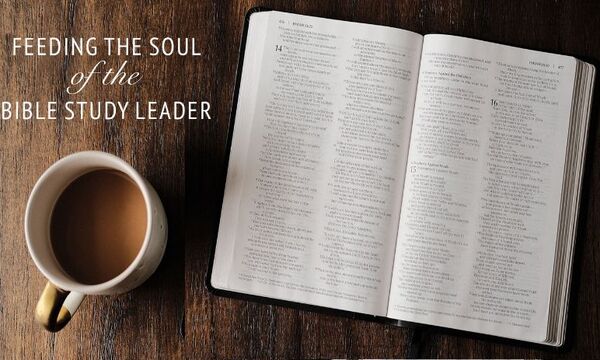John 7:53-8:11, often described as “The Passage of the Woman Caught in Adultery” (passage de adultera), is famous for several reasons. The pleasant reason is that it is one of the most dramatic displays of the grace of God in the Bible. But there is also a more difficult reason that needs to be addressed: this passage was likely not in the original version of the Gospel of John, but was added later at an undeterminable time and for an unknown reason. How should the church treat this passage?
The text-critical evidence is overwhelming: this passage was almost certainly not in the original version of the Gospel of John. This is hardly an answer, however, but an entirely new question. For nearly every contemporary Bible, even if the text is given double-brackets or italicized or given a smaller font, contains this passage, thereby declaring to today’s reader that it is part of the Gospel of John.
Since the passage cannot be confirmed by textual criteria, the primary means of solidifying support for the passage has been by historical criteria. The argument goes as follows: since the passage can be shown to be ancient (rooted in the oral tradition that supplied our gospels with raw materials) and authentic (matching the criteria used to determine what in the gospels Jesus truly did and said), the text is deemed appropriate for Christian use and reflection – and its interpolation into the Gospel of John suggests that earlier Christians deemed it likewise. But this is vague foundation for its use in the church. And its historicity hardly scratches the issue at hand. For even if we knew it was true, we would not know how to interpret it. Stories are not free-floating scenes for interpretation, but intentional parts of narratives that need implicitly historical contexts, but need explicitly narrative contexts. A passage does not just belong to the historical Jesus of historical reconstruction and validation, but to a canonical gospel of the church.
An analogy for comparison raised by a few scholars is the Apocrypha. Carl Bridges compares the passage positively to the OT Apocrypha. While the NT Apocrypha often conflict with the portrait of Jesus in the canonical gospels, the OT Apocrypha “expand the canonical OT in ways agreeable to, or at least not hostile to, its theology.” Such a designation for Bridges is only meant to refer to content (that it may belong to John), not its inspiration. The preacher, then, may use it, but should do so with caution, “not basing whole sermons on the passage, using it (if at all) as an illustration, and verbally footnoting it as a doubtful passage.”
In contrast, Andreas Köstenberger compares the passage negatively to the NT Apocrypha. Agreeing that inspiration does not extend to it, Köstenberger argues that canonical content should not extend to it either. By comparing it to the NT Apocrypha, Köstenberger is making a derogatory judgment regarding the passage, attempting to remove it not only from preaching in the church, but also from inclusion in the main body of translation, even within double-brackets.
Our response to the passage, then, must weigh in the balance all of these issues pressing around it. We must be honest with the text-critical evidence, which denies any verifiable possibility that the passage is original to the gospel. At the same time, the passage is in our Bibles, and our people are hardly cognizant of textual criticism, and are only minimally deterred from double brackets, smaller font, or italics. We conclude with three reflections.
First, without trying to minimize the evidence, we must at least admit that textual criticism is as much an art as it is a science, and the evaluation of the text’s validity is at best only a (very) educated guess. While this is one of the largest and most difficult text-critical issues in the NT, there are dozens of texts (e.g., verses, phrases, or even single words) that have a dubious history that cannot be determined with specificity; texts that have an admittedly double-bracketed or italicized character. Even our earliest manuscripts of the NT are a few centuries removed from the original version of the Bible. This is not to undermine the text-critical endeavor or its conclusions, but to place them in their context.
Second, since the texts (i.e., verses, etc.) that have a more certain dubious character are omitted from our contemporary Bibles, the presence of this text, even in double-bracketed or italicized form, is itself an argument in favor of approving its use. The 1,300-year use and application of this text in the church becomes a kind of ecclesial argument, trusting in some limited capacity on the Spirit-guided decisions of the church and, behind the scenes, the providence of God. And in a real way the text-critical decision to show hesitancy regarding this passage is not muting providence, but cooperating with it.
Third, it might be worth reflecting on the connection between the question of the passage’s origin and the nature of its inspiration. Even Bridges, who viewed the addition of the passage positively, was hesitant to speak of its inspired status. But as John Webster warns, a theological appeal to a foundational theory in order to provide the grounds for the status and interpretation of a “text” is likely to go “well beyond the limits which theology ought to set for itself.” That is, while biblical scholars tend to root the authority of the Bible on its material nature and therefore its human origin, theologians are more likely to root the authority of the Bible on its functional nature and therefore its divine origin. “[T]he leading theme of any account of inspiration must be ἀπὸ θεοῦ (from God): inspiration is not primarily a textual property but a divine movement and therefore a divine moving.” The theologian is concerned that a material approach in isolation from the theological function of the Bible is controlled by a deistic assumption that is foreign to the nature of scripture, “in so far as the biblical text can itself become a revelatory agent by virtue of an act of divine inspiration in the past.” Thus, our definition of biblical inspiration will either impede (for the materialist) or expand (for the functionalist) the passage’s canonical status and interpretive authority. Without denying material concerns, our approach must include functional concerns as well.
Using an analogy, this passage should be treated as a text on probation, given full membership without loss of rights or privileges yet serving as if on an extended probation (which has lasted now for 1,300 years). Just as a person on probation is prohibited from serving in certain authoritative capacities, so also might this text be prohibited from making its own contribution to a doctrine or theological issue. It can be used in collaboration with other passages, in a secondary and supportive role, but should not serve in an independent and isolated position of authority for the church. Such an approach allows it to function according to its verifiable nature without denying material concerns. While it is recommended that the pastor or teacher declare the (material) probationary status of this passage to the church, to take away its full (functional) rights and privileges, in our opinion, only does more harm than good and only causes more confusion than certainty.
 Biola University
Biola University.jpg)


.jpg)